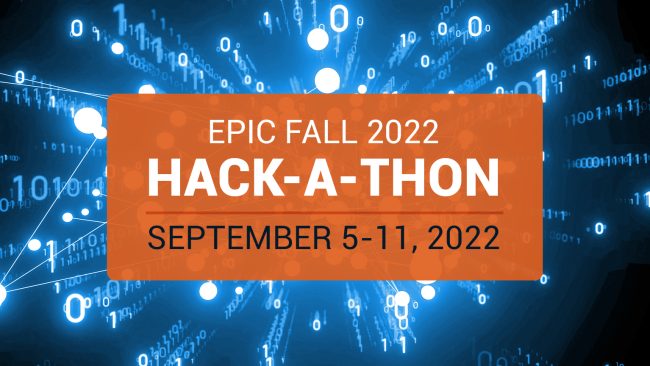UFS Community Modeling Support
Community development of the Unified Forecast System (UFS) requires a shared community modeling infrastructure framework, whereby the entire modeling suite (components and applications) follows a collaborative development paradigm.










